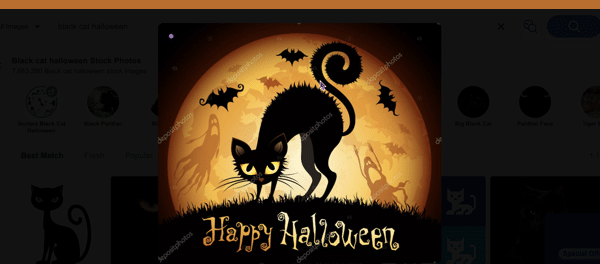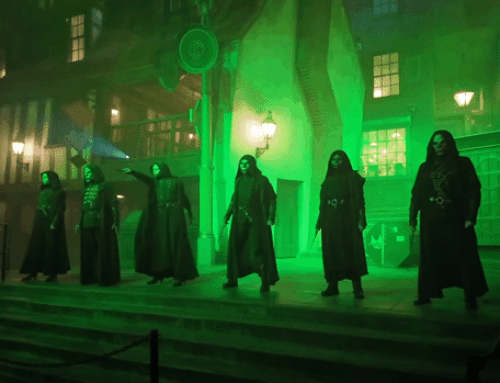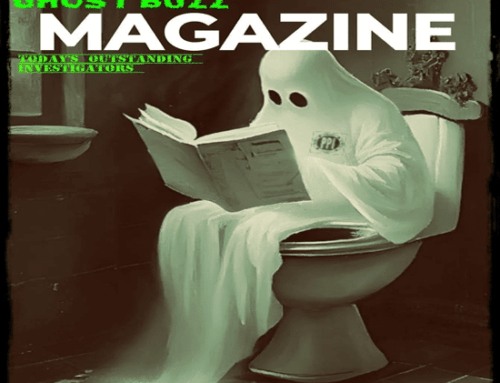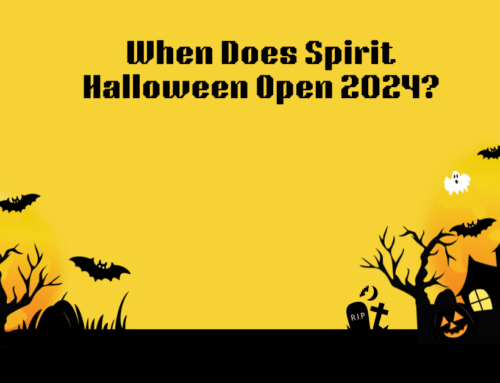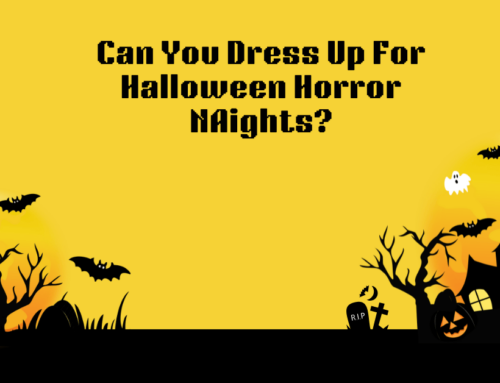Black cats have long been associated with the spooky festivities of Halloween, and their sleek silhouettes adorn decorations and costumes worldwide.
But have you ever wondered why these enigmatic felines are so closely associated with the year’s most haunting holiday? Let’s journey through history, culture, and science to unravel the mysterious connection between black cats and Halloween.
I. The Historical Origins
Ancient Egyptian Cat Worship
Our story begins in ancient Egypt, where cats were revered as sacred animals. The goddess Bastet, often depicted as a black cat, was associated with protection, fertility, and motherhood. Egyptians held cats in such high regard that harming one was considered a serious crime. This early veneration of cats, particularly black ones, laid the groundwork for their future mystical associations.
The Dark Ages and the Rise of Superstitions
As we move into the Middle Ages, the perception of black cats took a sinister turn. Europe was gripped by fear and superstition, and black cats became entangled in a web of dark folklore. People believed these animals could shape-shift into witches or serve as their familiars – supernatural entities that assisted in magical practices.
Witch Trials and Feline Companions
The witch hunts that swept through Europe and colonial America further cemented the link between black cats and the occult. Accused witches were often said to keep black cats as companions, leading to widespread fear and persecution of both women and felines. This dark period in history cast a long shadow, influencing perceptions of black cats for centuries to come.
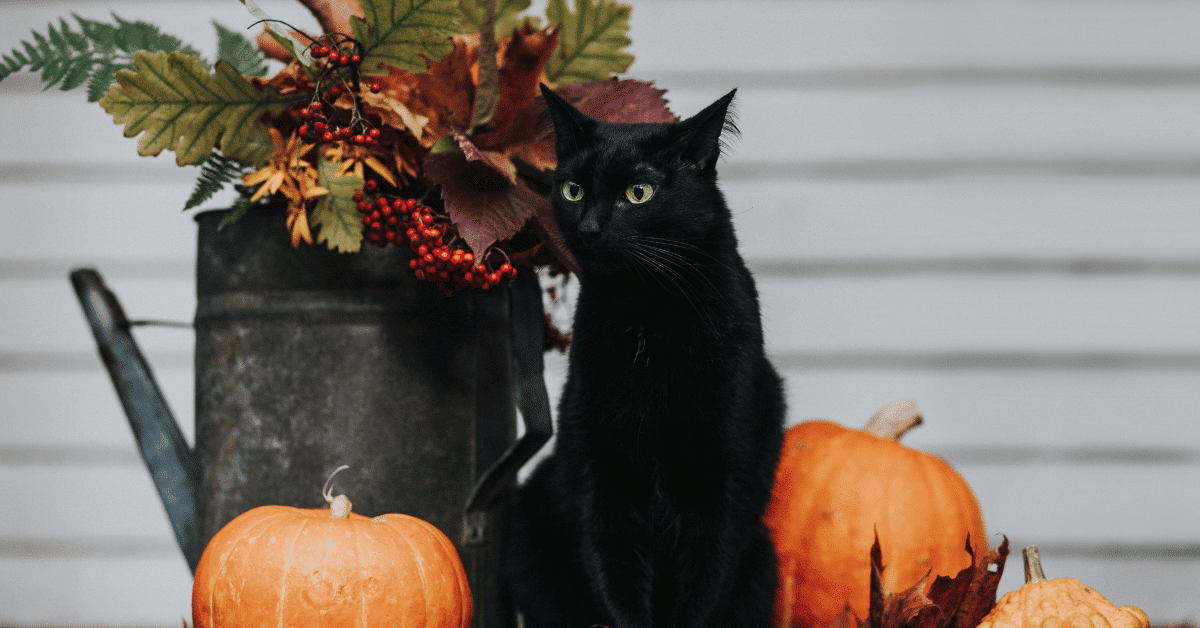
II. Cultural Folklore and Superstitions
European Folklore About Black Cats
Across Europe, a tapestry of beliefs surrounded black cats:
- In some regions, they were considered harbingers of bad luck
- Others believed a black cat crossing one’s path was an omen of misfortune
- In contrast, some cultures viewed black cats as bringers of good luck, especially in maritime communities
American Superstitions and Their Evolution
As European settlers arrived in America, they brought their superstitions with them. The Salem witch trials of 1692-1693 further reinforced the association between black cats and witchcraft. However, over time, these beliefs began to evolve:
- Some regions developed the idea that dreaming of a black cat was a sign of good luck
- In the theater world, having a black cat in the audience was considered fortunate
- Black cats became popular nautical mascots, believed to ensure safe voyages
Black Cats in Different Cultures Worldwide
While Western cultures often view black cats with suspicion, other parts of the world have different perspectives:
- In Japan, black cats are considered lucky, especially for single women seeking a partner
- Scottish lore suggests that a strange black cat arriving at your home signifies prosperity
- In parts of Southern Europe, black cats are associated with good fortune and wealth

III. The Role of Literature and Media
Classic Literature Featuring Black Cats
Literature has played a significant role in shaping our perceptions of black cats. Edgar Allan Poe’s “The Black Cat” (1843) is perhaps the most famous example, weaving a tale of guilt, madness, and a seemingly supernatural feline. Other notable works include:
- “The Cat in Boots” by Charles Perrault (1697)
- “Gobbolino, the Witch’s Cat” by Ursula Moray Williams (1942)
- “The Unadulterated Cat” by Terry Pratchett (1989)
These stories, along with countless others, have kept the mystique of black cats alive in our collective imagination.
Early Hollywood and Black Cats in Horror Films
As cinema emerged as a powerful medium, black cats quickly found their place in horror films. Early movies like “The Black Cat” (1934) and “The Uncanny” (1977) featured black cats prominently, often as omens of doom or vessels for malevolent spirits. This cinematic trend further reinforced the connection between black cats and the supernatural in popular culture.
Modern Pop Culture Representations
In recent decades, portrayals of black cats have become more nuanced:
- Salem from “Sabrina the Teenage Witch” offered a humorous take on the witch’s familiar trope
- Animated films like “Kiki’s Delivery Service” presented black cats as loyal, magical companions
- Comic book characters like Black Panther have adopted the sleek, powerful imagery of black cats
These evolving representations have helped to reshape public perception, though the Halloween association remains strong.
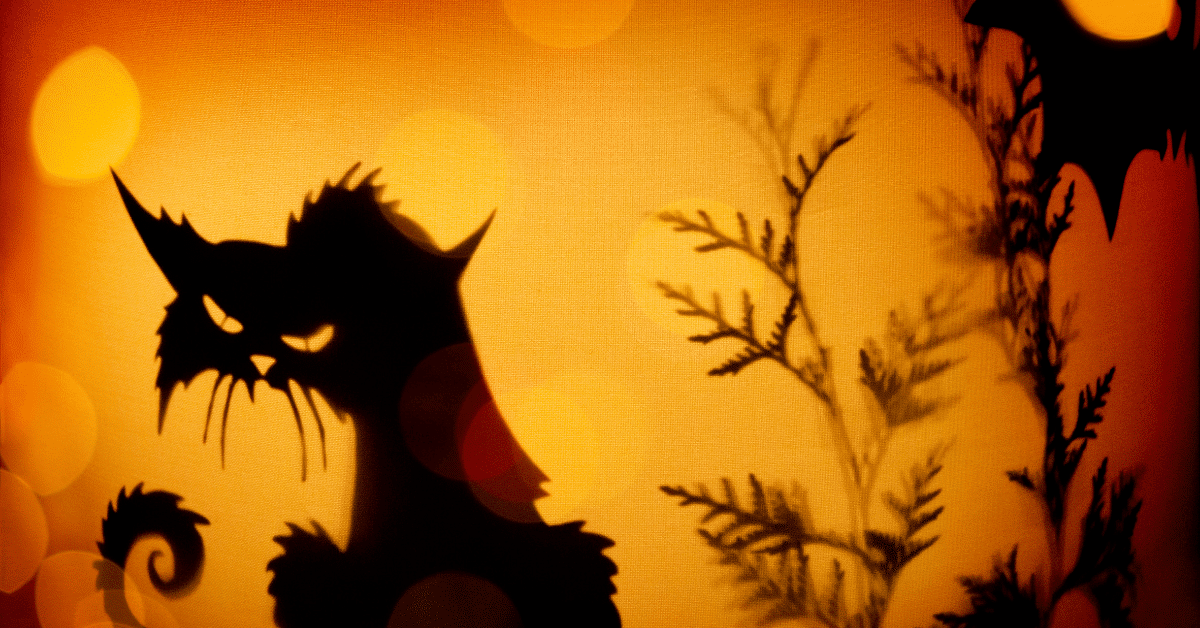
IV. The Science Behind Black Cat Coloration
Genetics of Black Fur in Cats
The striking appearance of black cats is due to a genetic quirk. The gene responsible for black fur, known as the melanistic gene, is dominant in felines. This means that it’s relatively common for cats to be born with all-black coats. Interestingly, this same gene is linked to certain health benefits:
- Increased resistance to some diseases
- Potentially longer lifespans compared to cats of other colors
Melanin and Its Effects on Cat Behavior
Some studies suggest that the high melanin content in black cats might influence their behavior. While more research is needed, preliminary findings indicate that:
- Black cats may have slightly calmer temperaments
- They might be more resistant to stress
These potential behavioral traits could have contributed to their historical association with mysticism and magic.
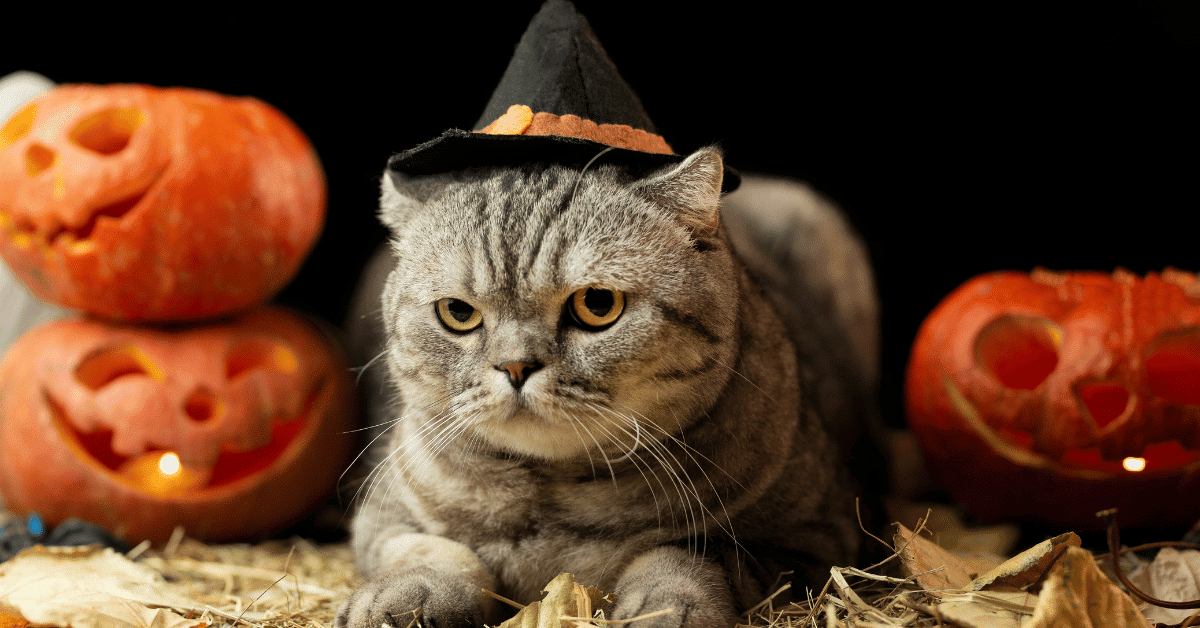
V. Black Cats and Halloween in Modern Times
Commercial Exploitation and Marketing
In the lead-up to Halloween, black cats feature prominently in decorations, costumes, and marketing materials. This commercial trend has both positive and negative effects:
- It keeps black cats in the public consciousness
- However, it can also reinforce outdated superstitions
Animal Shelter Policies During Halloween Season
The persistent association between black cats and Halloween has led many animal shelters to implement special policies during October:
- Some shelters suspend black cat adoptions to prevent their use in Halloween pranks or rituals
- Others promote black cat adoptions to combat negative stereotypes
These conflicting approaches highlight the ongoing debate about how best to protect and promote black cats.
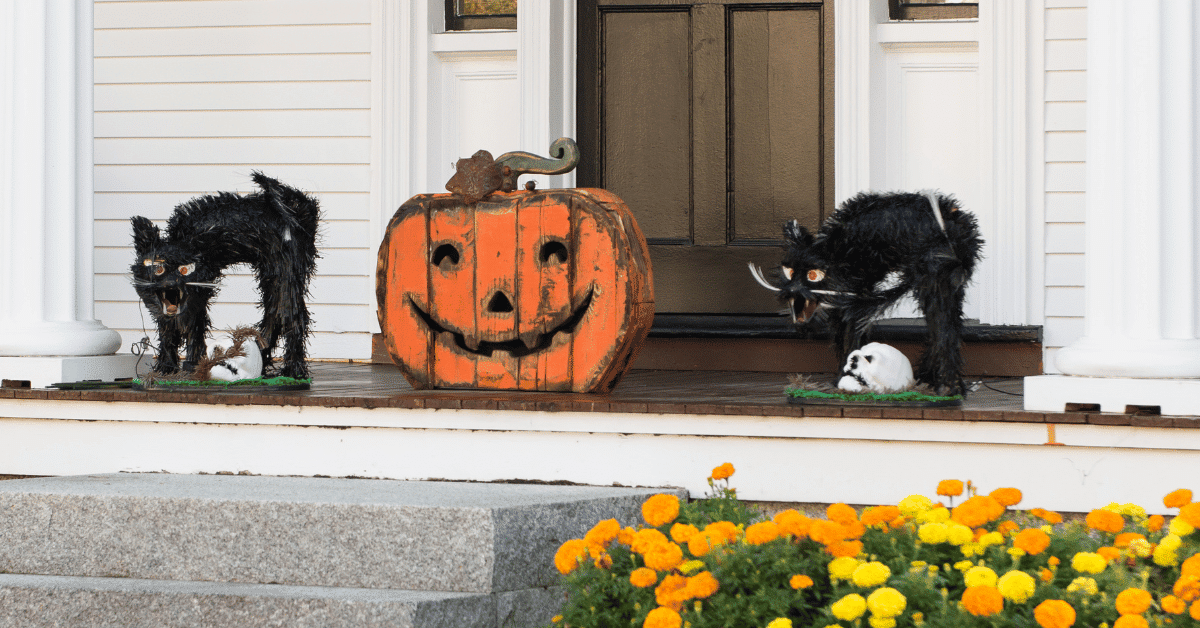
VI. The Positive Side: Black Cat Appreciation
Black Cat Appreciation Day
To counter negative stereotypes, Black Cat Appreciation Day was established on August 17th. This annual event aims to:
- Educate the public about the true nature of black cats
- Promote adoption of black cats from shelters
- Celebrate the unique beauty and charm of these ebony felines
Famous Black Cats in History
Throughout history, several black cats have left their paw prints on the pages of fame:
- Trim, the ship’s cat who accompanied Matthew Flinders on his circumnavigation of Australia
- Socks, the media-darling pet of President Bill Clinton during his time in the White House
- Oscar, the therapy cat known for his ability to predict death in a Rhode Island nursing home
These notable felines have helped to improve the public image of black cats.
Benefits of Adopting Black Cats
Despite lingering superstitions, black cats make wonderful pets:
- Their dark coats are often glossy and striking
- They’re just as affectionate and playful as cats of any other color
- Adopting a black cat can be a statement against outdated beliefs
Many cat lovers find that bringing a black cat into their lives dispels any notions of bad luck, replacing superstition with companionship and joy.

Conclusion
The association between black cats and Halloween is a complex tapestry woven from historical events, cultural beliefs, and media representations. From ancient Egyptian deities to medieval superstitions, from classic literature to modern pop culture, black cats have padded their way through human history, leaving an indelible mark on our collective psyche.
As we celebrate Halloween each year with black cat decorations adorning windows and doorways, it’s worth reflecting on the real animals behind the symbolism. These sleek, beautiful creatures have been revered and persecuted, their reputation swinging from divine to demonic.
In the end, the connection between black cats and Halloween reminds us of how our beliefs can shape our perceptions of the natural world. By understanding the origins of these associations, we can appreciate the rich cultural history they represent while also recognizing the need to move beyond superstition.
So this Halloween, as you carve your pumpkins and don your costumes, spare a thought for the black cats in your neighborhood. They’re not harbingers of doom or witches in disguise – they’re simply cats, complex and fascinating in their own right, worthy of our appreciation every day of the year.
FAQs
Q: Are black cats unlucky?
A: No, black cats are not inherently unlucky. This superstition varies across cultures and has no basis. Many people who own black cats consider themselves very fortunate!
Q: Why do some cultures consider black cats lucky?
A: In some cultures, such as parts of Britain and Japan, black cats are seen as bringers of good fortune. This belief often stems from folklore or historical events where black cats were associated with positive outcomes.
Q: How can I help protect black cats during Halloween?
A: You can help by keeping black cats indoors, supporting local animal shelters, and educating others about the misconceptions surrounding black cats. Consider adopting a black cat if you’re looking for a new feline friend!

